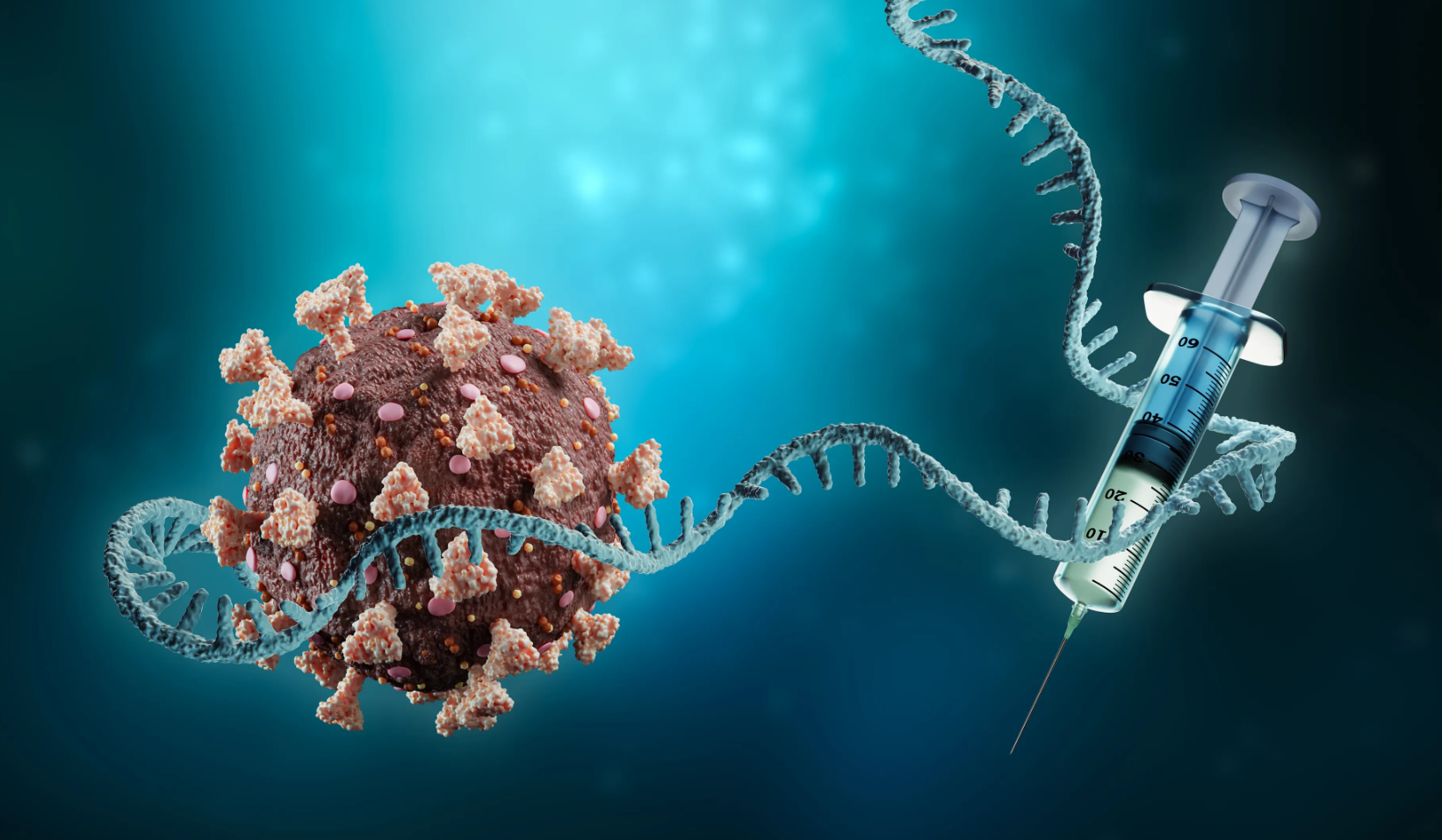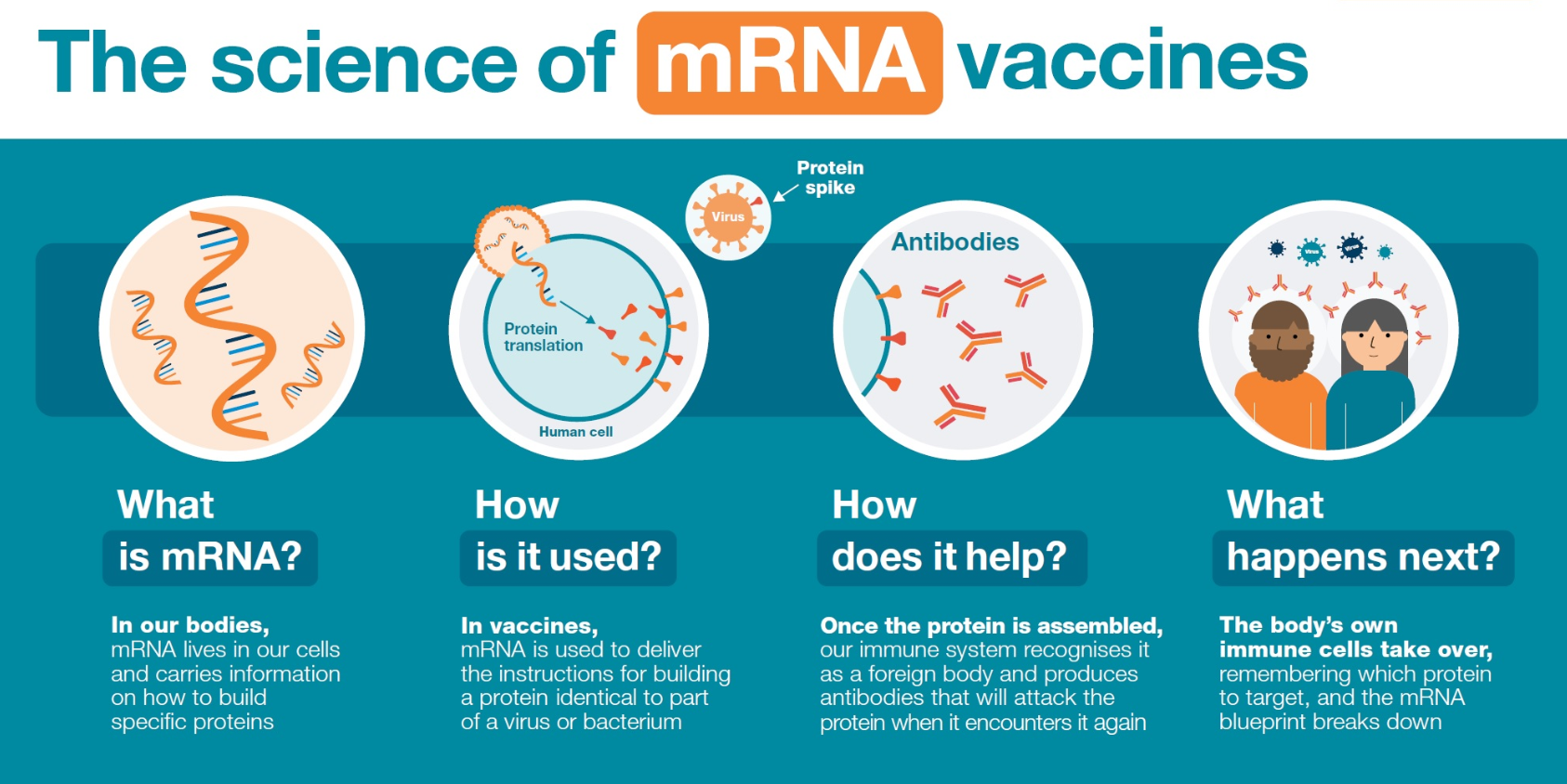
mRNA Vaccine are new and advanced shots which helps in preventing SRAS-Cov-2 infections which spread at the time of Covid-19 pandemic and it contains the potential to fight against cancer. mRNA Vaccine Booster Shot are worth of trying as it is designed by researches and your health will surely get boosted.
Who doesn’t get affected by Covid-19 pandemic and struggled that time? Who was not looking for a solution during the time of pandemic? Well, there are many vaccines now but the most beneficial one is mRNA Vaccine which is very effective and advanced treatment which helps you understand to fight against different diseases and it also helps to fight against covid-19 and solves infectious diseases and even cancer. mRNA means Messenger Ribonucleic Acid is a particle in the cells of your body which follows commands from your DNA which improves the level of proteins and it improves your immunity system and makes you strong from inside. mRNA Vaccine is helpful in producing antibodies in your body which helps you fall sick very less and protects your body from germs and even fights against the problem of cancer.
How Does mRNA Vaccine Works?
Unlike other vaccine, mRNA Vaccine is helpful in making you understanding about the diseases and helps you fight against them (like different kinds of viruses and all). mRNA is helpful in spiking the level of proteins in your body and fight against Covid-19. It is helpful in boosting your immunity system through which a tool is created known as antibodies which help you fight against all kinds of infection and clear them out from your body in short period of time. After the vaccination, you will notice that the cells of your body promote the production of the protein pieces and they will be visible on the surface of your body cells. It is seen that both the Pfizer BioNTech and Moderma Covid-19 vaccine includes mRNA to makes it works in better ways. This vaccine is FDA authorized vaccine referred for emergency use in U.S, in the month of December, 2020.
Advantages of mRNA Vaccine
As compared to other vaccines which are available in the market, mRNA Vaccine is designed very fast within few weeks will gives you advantages and reduces many risks and some of them are mentioned below:-
- It reduces the risk of catching infection of Covid-19
- If you are sick and admitted in the hospital due to Covid-19 infection
- If you are dealing with long Covid after a Covid-19 infection
You will surely recover fast and see the changes shortly and there are other advantages also which you will feel with these shots.
mRNA Vaccine Side Effects
People are worried about the side effects of taking these shots. Well, like any other medicine or shots this vaccine also leave side effects on your body but they all are temporary and will be over soon as there might be some ingredients involved in these shots which are not suitable for everybody.
mRNA Vaccine is designed for helping out people but there are many side effects which you will feel with it and they are temporary and not major. You might face the problem of pain, swelling or redness, headache, fever, chills, nausea also. Well, all these are common side effects which is being faced by almost everyone where as some of the major side effects which are not easily get over and they are like skin allergies, clotting, it even causes you heart diseases and more. You needs to be careful and understands completely about mRNA Vaccine before start using this formula. For the makers of mRNA Vaccine Safety of people is very important and this vaccine is non-infectious and does not contain any risk.
What is the Treatment and procedure of taking mRNA Vaccine?
mRNA Vaccine are injections which are very easy to take and the healthcare provider surely puts it safely. Few of the steps are mentioned below:-
- Firstly, you need to clean your upper arm with alcohol swab and if you are young children then same step will be done on your leg
- After that inject the vaccine with a needle. Sometime, they will put round shaped bandage on first and after that they will inject the needle in your skin through it.
- The health provider will put a bandage on that area for avoiding blood stains through it.
Your healthcare provider will ask you to wait for 15 minutes before leaving from their just to make sure that you will not face allergic reaction.
You can consult your healthcare provider immediately if you feel any kind of dizziness, swelling on your lips, face or anywhere on your body as these are very sensitive parts of your body.
How mRNA Vaccine vs Traditional Vaccine are different from each other?
The main difference between mRNA Vaccine and Traditional Vaccine is how they reached to your immune system and recognize a virus. Traditional vaccines use different kinds of virus whereas mRNA Vaccine never used any kind of virus. This vaccine is helpful in producing knowing part of a virus which makes it safe for you as compare to other vaccine. Traditional Vaccine might live side effects on your body and you will suffer a lot due to that as it harm your body from inside.
Health is very important for everybody and all of us want to live a healthy life without any mess. During hard times it is very difficult to make decisions what is right and what is wrong and that is exactly happens regarding choosing our vaccine. For helping you out mRNA Vaccine is safe and you can try them as it is designed after a long research and it is the first vaccine which was designed at the time of pandemic and your body immunity will surely get better with its usage.

Generally Asked Questions
- What do you means by m in mRNA?
Ans. mRNA full form is Messenger RiboNucleic Acid which is a single molecule that produces proteins in your body.
- Which vaccines are better mRNA or deactivated ones?
Ans. mRNA Vaccine is very effective which helps you fight easily against Covid-19 infection.
- What are the main side effects that you will feel due to mRNA Vaccine?
Ans. You will feel dizziness, headaches, shortness of breath and fever.
- How long will mRNA last in your body cell?
Ans. mNRA will quickly get degenerated within few days as it is very fragile and needed to be preserved at low temperature.
- Which company formed mRNA Vaccine?
Ans. German biotechnology company BioNTech formed this vaccine.
